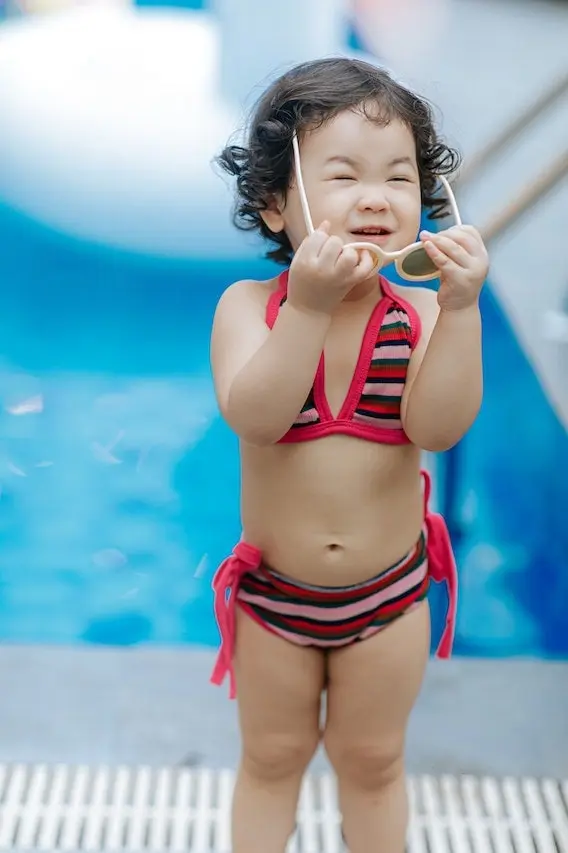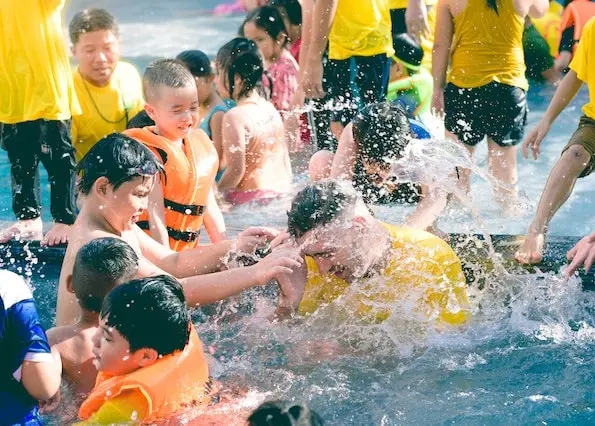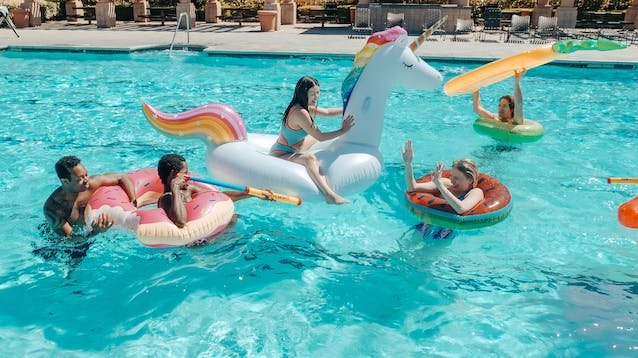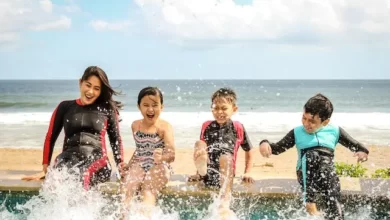Float to Success: Finding a Safe Swimming Class for Beginners
Embarking on the journey of learning to swim is a thrilling and rewarding experience, especially for beginners. Selecting the right swimming class lays the foundation for a safe and enjoyable aquatic adventure. This comprehensive guide will explore essential questions to help beginners find the ideal swimming class, ensuring a successful and fulfilling learning experience.
In this article,
How Do I Assess My Comfort in the Swimming Pool as a Beginner?
a. Pool Familiarization: Spend time in a shallow pool area to become familiar with the water. Gradually progress from standing to floating to build comfort.
b. Floating Exercises: Practice floating on your back and stomach with the support of a buoyant device. This helps build confidence and ease in the water.
c. Breath Control: Develop breath control by practising exhaling underwater. Comfort with submersion is a crucial aspect of water confidence.
What Are the Different Types of Swimming Classes Available for Beginners?

a. Parent-Child Classes: Ideal for infants and toddlers, these classes involve parent-child interaction and introduce basic water acclimation.
b. Preschool Classes: Geared towards young children, these classes focus on water safety, basic swimming skills, and building comfort in the water.
c. Adult Beginner Classes: Tailored for adults, these classes cover fundamental swimming techniques, water safety, and gradual skill progression.
Is There a Recommended Age to Start Learning How to Swim?
a. Early Introduction: Introducing infants to water early through parent-child classes is beneficial. However, there’s no age limit for learning to swim, and individuals of any age can start.
b. Adapting to Age: Classes are often designed to suit specific age groups, ensuring age-appropriate learning methods and skill development.
c. Adult Learning: Adults can learn to swim successfully, and many classes are specifically designed to cater to the unique needs and challenges of adult learners.
Should I choose group or private swimming classes as a beginner?

a. Group Classes: Provide a social and interactive environment. Beginners can benefit from shared experiences, peer encouragement, and a sense of community.
b. Private Classes: Offer personalized attention, focusing on individual needs. Private classes are ideal for those seeking tailored instruction and quicker skill development.
c. Choosing Based on Preference: The choice between group and private classes depends on personal preference, learning style, and comfort levels in a group setting.
How Can I Find Accredited and Qualified Swimming Instructors?
a. Researching Certification: Look for instructors certified by recognized swimming organizations such as the American Red Cross, Swim England, or the International Swimming Federation.
b. Instructor Experience: Inquire about the instructor’s experience, especially in teaching beginners. Experienced instructors understand the unique challenges and progression steps for beginners.
c. Reviews and Recommendations: Read reviews and seek recommendations from friends, family, or online communities. Positive testimonials often indicate a reliable and effective instructor.
What Safety Measures Should Beginners Consider in Swim Classes?

a. Qualified Lifeguards: Ensure that the swim facility has qualified lifeguards on duty, especially during classes. This adds an extra layer of safety and emergency response.
b. Adequate Supervision: Classes should have a reasonable instructor-to-student ratio to ensure proper supervision and individual attention.
c. Emergency Preparedness: Inquire about the facility’s emergency procedures and the instructor’s training in handling potential water-related emergencies.
How Can I Overcome Fear and Anxiety in a Swimming Class?
a. Gradual Exposure: Take small steps to gradually expose yourself to the water environment. Start with shallow areas and progress to deeper sections as confidence builds.
b. Breathing Techniques: Practice deep breathing exercises to manage anxiety. Learning to control your breath in the water can significantly reduce fear.
c. Supportive Environment: Choose classes with instructors who create a supportive and encouraging environment. Positive reinforcement plays a crucial role in overcoming fear.
What Essential Equipment Should Beginners Bring to Swimming Classes?

a. Swimsuit and Goggles: Invest in a comfortable swimsuit and a pair of well-fitted goggles. Proper gear enhances comfort and promotes better focus during lessons.
b. Swim Cap: Especially for individuals with longer hair, a swim cap can help keep hair out of the face and reduce drag in the water.
c. Buoyant Devices: Beginners can benefit from buoyant devices like kickboards or noodles to aid in floating and practising various strokes.
How can I practice outside of swim classes to improve my skills?
a. Regular Practice: Dedicate time to practice swimming skills regularly. Consistency is key to building muscle memory and improving overall proficiency.
b. Supervised Practice: If possible, practice under the supervision of a more experienced swimmer or instructor to receive guidance and feedback.
c. Set Realistic Goals: Establish achievable goals for each practice session. Celebrate small victories, and gradually progress to more advanced techniques.
How Do I Evaluate My Progress as a Beginner in Swimming Classes?
a. Skill Mastery: Assess your ability to master basic swimming skills taught in class, such as floating, kicking, and basic strokes.
b. Comfort Level: Gauge your comfort level in different water depths. Increased comfort indicates progress in overcoming initial fears.
c. Water Safety Knowledge: Evaluate your understanding of water safety principles, including recognizing potential hazards and applying basic rescue techniques.
Conclusion
Embarking on the journey of learning to swim as a beginner is a commendable and achievable goal. By carefully considering these questions and taking deliberate steps to find the ideal swimming class, beginners can pave the way for a successful and enjoyable aquatic experience. Whether young or old, the joy of floating to success is within reach for everyone willing to take that first splash. Happy swimming!

What Are the Key Considerations When Choosing Between Group and Private Adult Swimming Classes?
a. Studying Style: Take into account your preferred method of studying. A group class might be appropriate for you if you enjoy interacting with others and studying group dynamics. But if you’d rather receive individualized attention and develop your skills more quickly, a private class can be more advantageous.
b. Comfort Level: Assess how comfortable you are in a group environment. While some people do better in a group setting, others might feel more comfortable receiving instruction one-on-one.
How Can Adults Overcome Common Challenges and Apprehensions When Starting Swimming Classes?
a. Patience and Persistence: Understand that learning to swim is a gradual process. Be patient with yourself, celebrate small achievements, and persist through initial challenges.
b. Communication with Instructors: Establish open communication with your swimming instructor. Share any fears, concerns, or past negative experiences, allowing the instructor to tailor the lessons to your specific needs.





